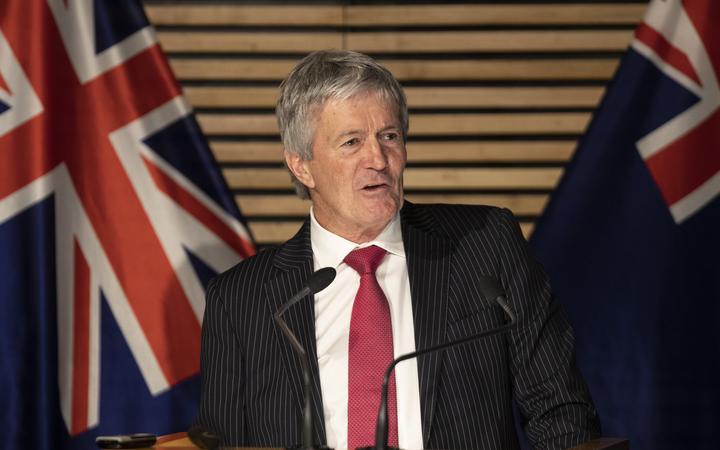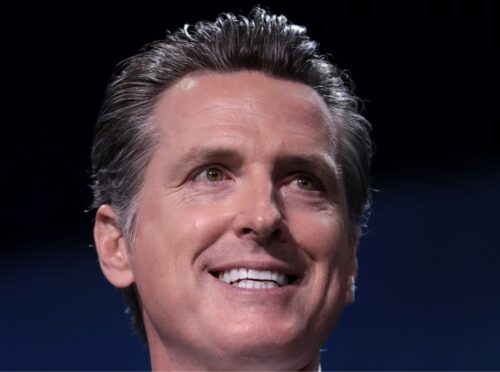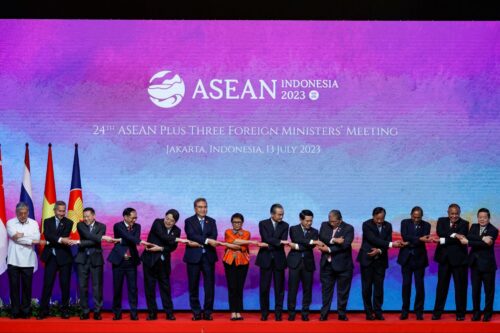New Zealand upgrades free trade agreement with China, wiping away nearly all tariffs
The $23 billion annual trade between New Zealand and China could soon be nearly entirely tariff-free, thanks to an upgrade in the two countries’ 2008 free trade agreement.

Among wealthy liberal democracies, New Zealand is one of a handful that still maintains warm relations with Beijing. When compared with its allies in the “Five Eyes” intelligence-sharing partnership — the U.S., Canada, the U.K., and Australia — New Zealand is even more remarkable as the only country to not see a downward spiral in China relations since 2016.
We highlighted in our The China Project 2021 Red Paper how Australia-China relations in particular fractured last year, and suggested that this year, Australia’s neighbor might also become involved in some kind of dust-up with China.
Today, the opposite happened: The China-New Zealand free trade agreement, first agreed in 2008, was upgraded, wiping away nearly all remaining tariffs in the countries’ $23 billion annual trade, and opening up new areas of investment. Some of the key points:
- “Tariff-free access for about 99% of New Zealand’s nearly NZ$3 billion ($2.15 billion) wood and paper trade to China” per Reuters.
- “New Zealand dairy exports to China will also be tariff-free by 2024,” the SCMP reports.
- New Zealand will increase “visa quotas for Chinese language teachers and tour guides,” per Reuters, though Prime Minister Jacinda Ardern has said that the country’s borders will likely stay effectively closed to foreigners for 2021.
- “For the first time, environmental considerations have been included in the upgrade,” Radio New Zealand reports, adding that this means “both countries have committed to ensuring environmental standards aren’t lowered for a trade or investment advantage or used for trade protectionist purposes.”
- Beijing “agreed to open up to more New Zealand investors in areas such as aviation, education, finance, elderly care, and passenger transport,” according to the SCMP.
- The pact will need to be ratified by the New Zealand parliament before implementation.
The new pact follows rhetoric from Chinese leader Xí Jìnpíng 习近平, in an address to the World Economic Forum in Davos, Switzerland, yesterday (text in English and Chinese).
- Xi defended “multilateralism,” using the term 11 times in his 24-minute address, and warned against any kind of “cold war, hot war, trade war or tech war.”
- Meanwhile, China’s pressure on Australian imports cost the country “about $3 billion in commodities sales last year,” per Bloomberg.
See also, on China’s role in global trade and investment:
- One year after the U.S.-China trade deal, high tariffs remain and American jobs suffer / The China Project
- Joe Biden’s commerce secretary pick backs tariffs and export limits against Chinese firms / SCMP
- Australian government MPs push for protectionism in China trade war / Guardian
- U.S.-China investments dwarf official figures: study / Reuters
- China overtakes U.S. as world’s leading destination for foreign direct investment / WSJ (paywall, or see Reuters summary)
- Asia-Pacific economic explainer: How the China-friendly RCEP arose after the U.S. abandoned TPP / The China Project
- Did the EU rush into the China investment deal before the 2020 deadline? / The China Project






